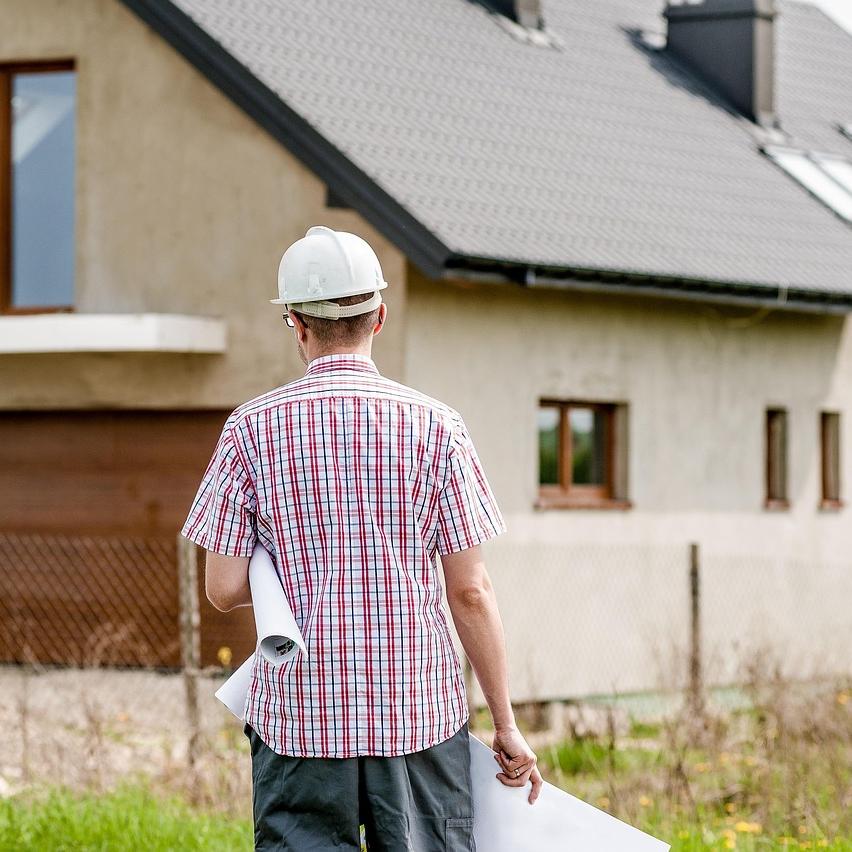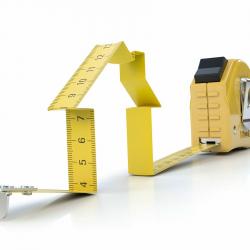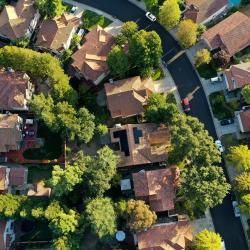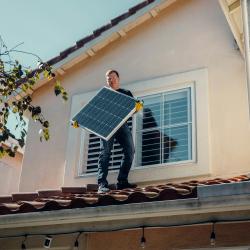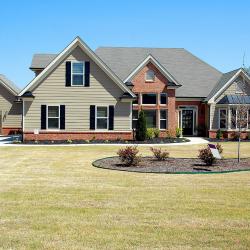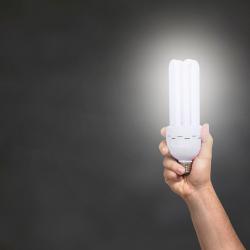Building a Sustainable Home: Key Considerations for the Future
As we move further into the 21st century, the emphasis on sustainability has become stronger than ever. With increasing concerns about climate change, resource depletion, and environmental degradation, building a sustainable home is no longer just a trend; it's a necessity. If you're planning to build or renovate a home, here are some key considerations for creating a sustainable living environment for the future.
1. Energy Efficiency
Energy efficiency is at the core of sustainable home building. Reducing energy consumption not only decreases utility bills but also lessens the home's carbon footprint. Key strategies include:
- Insulation and Air Sealing: Proper insulation helps maintain a comfortable indoor climate, reducing the need for excessive heating and cooling. Air sealing prevents drafts and energy loss.
- High-Performance Windows: Energy-efficient windows minimize heat exchange, further reducing heating and cooling needs.
- Energy-Efficient Appliances: Choosing appliances with high energy ratings can significantly cut down on electricity use.
- Renewable Energy Sources: Incorporating solar panels or wind turbines can make a home energy-independent and environmentally friendly.
2. Water Conservation
Water is a precious resource, and conserving it is a critical aspect of sustainability. Consider these methods:
- Low-Flow Fixtures: Install low-flow toilets, faucets, and showerheads to reduce water usage.
- Rainwater Harvesting: Implement systems to collect and utilize rainwater for landscaping or even indoor use.
- Native Landscaping: Use native plants that require less water and maintenance than traditional lawns.
3. Sustainable Materials
The choice of building materials greatly impacts a home's sustainability. Opt for materials that are:
- Locally Sourced: Reduce transportation emissions by using materials sourced from local areas.
- Recycled or Reclaimed: Give new life to materials by using reclaimed wood, recycled metal, or repurposed brick.
- Non-Toxic: Prevent indoor pollution by choosing low-VOC paints and finishes.
4. Indoor Air Quality
A sustainable home also ensures a healthy living environment. To maintain good indoor air quality:
- Ventilation Systems: Use mechanical ventilation with heat recovery to provide fresh air without losing energy.
- Natural Light: Improve well-being and reduce the need for artificial lighting by maximizing natural light through strategic window placement.
5. Smart Technologies
Integrating smart technology enhances sustainability by optimizing energy use and improving efficiency:
- Smart Thermostats: These devices adapt to your schedule, reducing energy usage when heating or cooling is unnecessary.
- Automated Lighting: Smart lighting systems can adjust based on occupancy, time of day, or natural light availability.
- Home Automation Systems: These can control various elements of the home, increasing efficiency and comfort.
6. Future-Proofing
Building or renovating with the future in mind ensures longevity and adaptability:
- Flexible Spaces: Design adaptable spaces that can be easily repurposed as family needs evolve.
- Durability: Invest in high-quality materials and construction techniques that stand the test of time, reducing the need for future renovations.
Conclusion
Building a sustainable home is a responsible choice that benefits both the environment and future generations. By focusing on energy efficiency, water conservation, sustainable materials, indoor air quality, smart technologies, and future-proofing, homeowners can create a space that not only meets today's standards but also anticipates tomorrow’s challenges. As more individuals take these steps, the collective impact will pave the way for a more sustainable future.
